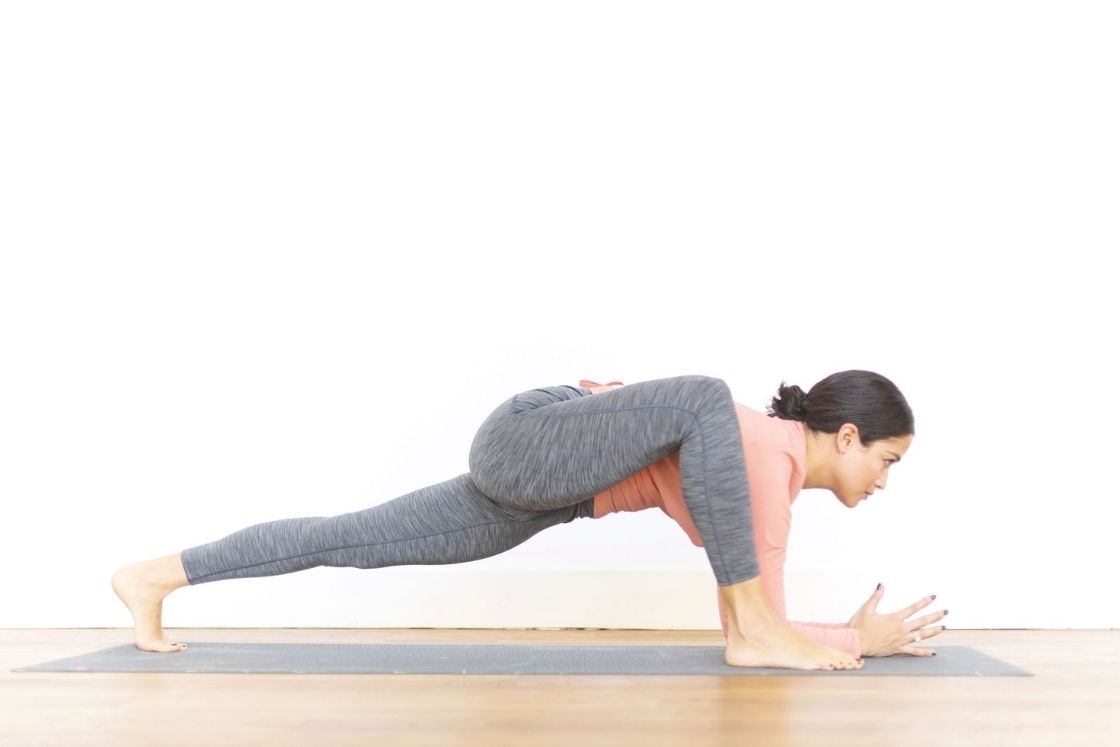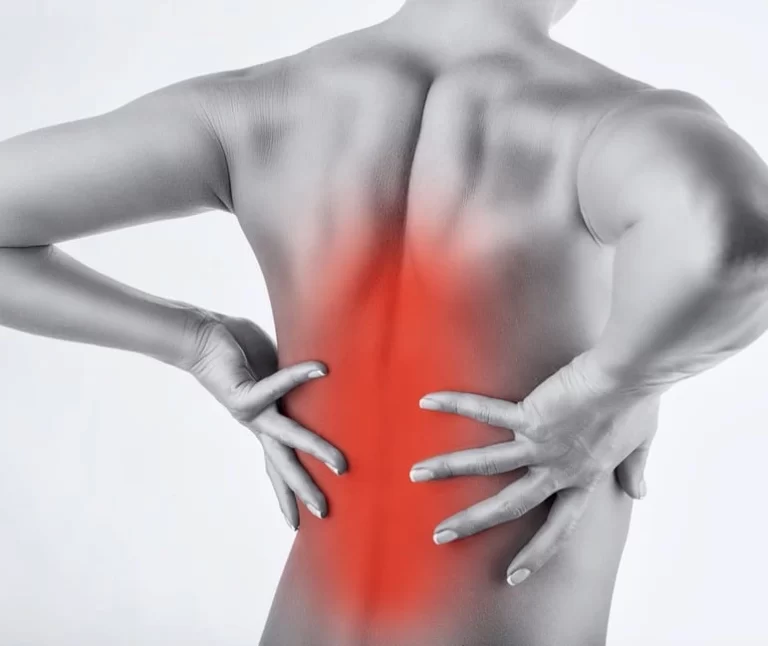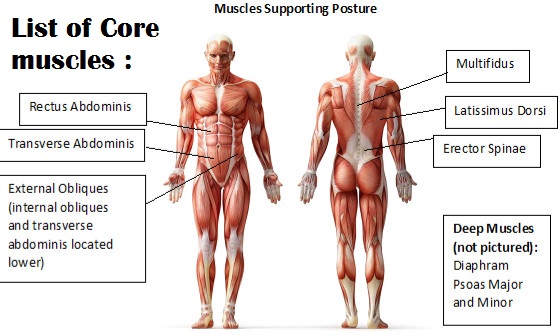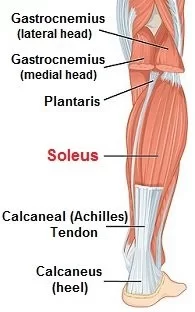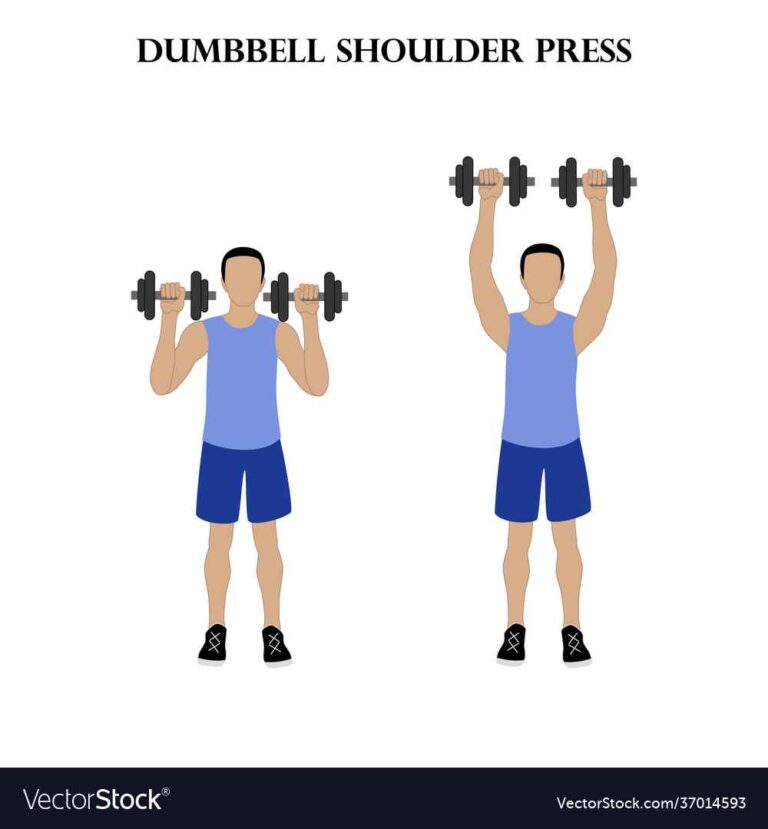Utthan Pristhasana (Lizard Pose)
What is Utthan Pristhasana (Lizard Pose)?
Utthan Pristhasana (Lizard Position) is related to Lunge Position (Utthita Ashwa Sanchalanasana) but is exercised resting on the forearms. This exercise is a deep hip opener that also selects the gluteus maximus, hip flexors, hamstrings, shoulders, and arms, including the lower back. Included in Vinyasa Yoga Series, the exercise can help increase the flexibility of the leg muscles, pelvic floor muscles, and hip flexors. Since the primary attention is the hips, Lizard Position is also seen exercised in Yin Yoga to use stretch and strengthen the deep connecting tissues like fascia.
Utthan Pristhasana has translated Sanskrit words, Utthan means Stretch deep out, Pristha means Back of the body, and Asana means Posture or Position. Utthan Pristhasana is also known as Lizard Position. Lizards have a great flexible upper body and therefore the back of the body in this posture has taken after the stretched-out lizard. And the exercise of the same is said to conduct the very same flexibility and springy in the back and the various muscles involved.
Utthan Pristhasana pronounced (OOT-Ahn preesth-AHS-ah-Nah) is a deep lunge that strengthens the groin and inner hamstrings while composing the body for deeper hip openers. This shape is also known as runner’s lunge in some areas.
Utthan Pristhasana has appraised a base position as utthan pristhasana variations can be obtained from this position. Utthan Pristhasana helps boost passion in the body and therefore can be comprised of flow yoga series.
The lizard position is a deep hip opener that imitates the flexibility that lizards have in their upper bodies as they are stretched out. This stimulating position is similar to a lunge, but greater. In addition to opening the hips, it also selects the glutes, hip flexors, hamstrings, and lower back. Lizard is an intermediate position with several variations and modifications and can be incorporated in most yoga flow sequences. It is perfect for anyone who is after an emotional release or a boost in creative energy. It is an easy-to-do asana for learners and this Yoga position is one of the vital positions in the Surya Namaskar (Sun Salutation). Utthan Pristhasana opens your shoulders, chest, and Hip and it has many variations.
What are the Health Benefits of Utthan Pristhasana (Lizard Pose)?
Utthan Pristhasana Benefits:
Human Anatomy:
- A great position to operate the reproductive system: Utthan Pristhasana position allows a deep stretch to the lower abdomen including the pelvic area. The muscles connected with the pelvic region are the pelvic floor muscles, that deliver foundational support for the reproductive organs. The proper functioning of the reproductive system along with the correct functioning of the ovaries gives a better balance of the secretion of hormones within the human body. A great position to exercise to reduce symptoms related to Menopause too. Yoga for Women
- Tones the gluteus maximus muscles: Situated at the buttocks, these muscles are expanded in Utthan Pristhasana, giving the tone to the buttocks and the more principal function of these muscles is, that they help the body to stand upright, help in walking, running, and expanding the thigh. Thus an overall toning of these muscles arises with the deep expansion.
- The shoulder muscles mainly the deltoid muscle become strong: The largest muscle at the shoulders are the deltoid muscles and now these muscles are decreased using in not only toning but also making them strong and strong. The important function of these muscles is they give a great shape to the shoulders and aid in weight-bearing heavy loads, assist in the movement of the shoulder blades, and also in stopping joint dislocation while moving heavy weights. Yoga for Arms
General Benefits:
- A deep sense of balance keeping the core in mind: With the deep stretch at the lower abdomen while the body is balancing on the forearms, Utthan Pristhasana conducts in the consciousness of the body, thus focusing on the physical balance of the body. It is also said that this position conducts a balance in the inner energy beginning at the base of the spine.Yoga for balance
- Opens hips and improves flexibility: Most proceed positions and variations of Lizard Positions focus on the hips, and the exercise of Utthan Pristhasana is the base position that generates an opening of the hips. The deep opening of the hips generates flexibility too, constructing the body for positions like Pigeon Position or Tri Pada Adho Mukha Svanasana. Yoga for Hip. Opens the hips, hamstrings, groins, and hip flexors.
- Opens the hamstring and quadriceps muscles to strengthen the legs: With the exercise of Lizard Position, the hamstring and quadriceps muscles gain a the deep stretch gives a great toning to the thighs and development in muscle strength. While this position upgrades the strength of these muscles, it also composes the legs for more challenging advance prone positions like Eka Pada Galavasana or Eka Pada Bakasana. Strengthens the inner thigh muscles on the anterior leg. Utthan Pristhasana opens your hip flexors, groins, and hamstrings. Lizard Position Makes your inner thigh muscles and quadriceps powerful.
- Tones the Chest and the Shoulders: With the support of the body at the forearms the shoulders and the chest are tightened. This conducts about strength in the upper body. Utthan Pristhasana opens your chest, shoulders, and neck.
- Excellent pose for athletes: This position when exercised by athletes, tones the full leg making the hamstrings and the quadriceps muscles powerful and tight. The strength of the legs plays an important role for athletes mainly those involved in soccer, running, etc. The other athletes too can obtain by the strengthening of the shoulders and the chest were required like swimmers, etc. Aqua and Water yoga
- Reduces excess fat around the belly and the hips: The exercise of Utthan Pristhasana or the Lizard Position conducts a great-looking toned body diminishing the excess fat around the lower abdomen and the hips making the muscles tight around them.
- Benefits for Women: Nausea during pregnancy. During labor when the labor is developing very fast it can help slow it down. Menstrual pain.
- Others: Prepares the body for deeper hip openers such as Pigeon Position and Hanuman Position. For those who want to advance in yoga exercise, Lizard Position can compose you for deeper hip openers such as the Pigeon Position (Eka Pada Rajakapotasana) and Monkey Position (Hanumanasana). Helps alleviate sciatica. Delivers tension and emotion, decreases stress, upgrades focus, and energizes creativity. Lizard Position is a simple Asana but very effective for your body, mind,and soul. Calms your mind and best stress fellow. Good for your neck; it kindly massages your internal organs. Increases the full range of motion. Appeases symptoms related to reproductive health. Yoga instructors often approve the position to athletes looking to tone various muscle groups. They may also approve it to people having symptoms related to reproductive health, as the position promotes activation of the pelvis and lower abdomen.
Note: In the condition of lower back pain, sciatica, and forearm pain circumvent this Asana. Try to exercise all the Yoga Asana in the morning with empty stomach. Guidance is compulsory for all the Asana, so perform all the yogic activities in anterior of the expert trainer. While exercising listen to your body, and do not go behind over your capabilities.
What are the Preparatory poses for Utthan Pristhasana (Lizard Pose)?
The exercise of Lizard Position (Utthan Pristhasana) is an intermediate-level position. The exercise also requires flexibility of the hips, upper legs, shoulders, and lower back muscles. And for the same, given under are the list of some positions as preparatory positions in a yoga series for Lizard Position. These positions are conjunction of both hip and shoulder opener:
- Utthita Ashwa Sanchalanasana (Lunge Position)
- Utthita Ashwa Sanchalanasana Vinyasa (Runners Lunge Position Flow)
- Parsvottanasana Looking Forward Hands On Floor (Intense Side Stretch Position Looking Forward Hands On Floor)
- Utthita Parsvakonasana (Extended Side Angle Position)
- Tri Pada Adho Mukha Svanasana (Three-Legged Downward Facing Dog Position)
- Tadasana (mountain Position)
- Vasishtasana (Side plank Position)
- Phalakasana II (Forearm Plank Position)
- Hindolasana (Cradle Position)
- Baddha Konasana Uttanasana (Bound Angle Forward Bend)
- Ardha Ananda Balasana (Half Happy Baby Position)
- Marjariasana
- Crescent lunge/Anjenayasana
- Monkey lunge/Anjenayasana
- Happy baby/Ananda balasana
- Start with the downward dog or warrior II position and then progress to the lizard position. Follow-up with pigeon position or chair position.
How to Perform Utthan Pristhasana (Lizard Pose)?
Permit us to go into detail with the step-by-step instructions to exercise Lizard Position or Utthan Pristhasana. Given below so many steps to follow.
Begin from Adho Mukha Svanasana (Downward Facing Dog Position), taking a few breaths to open the hips and the lower back.
Inspire and conduct the left leg close to your palms, positioning it on the outside of the left palm on the ground. Expire.
Inhaling again, conduct the torso downward while extending the chest almost collateral to the ground, while positioning the elbows on the ground.
With another deep inspiration helping the abdominal muscles and the support of the elbows, go down opening the inner thighs deeper and stretching the hip remaining hip is collateral to the ground and not twisted or tilted.
Expire and conduct the face collateral to the ground and give that extra support to the hips by placing the right leg just beyond the right elbow. The right foot balances on the toes.
Endure here for three breaths and loosen up with every inspiration. The sides of the hips will stretch conducting the position deeper for hip opening.
The stretch at the gluteus maximus helps to open the hips generating more space for flexibility.
Endure here in Lizard Position, feeling the stretch for about 6 rounds and remain the weight of the body is distributed constantly, without stressing the hips and the shoulders.
Stationing cushions under the elbows can be a great option if one is trying this position for the first time. If conducting the elbows to the ground is a the challenge, then standing the palms down on a yoga block in anterior of you is another good option.
The idea of Lizard Position is to feel the hips open and not to over-stretch in the position conducting harm to the shoulders and the arms.
Replicated exercise of Surya Namaskar (Sun Salutation), will open the hips making the exercise of Lizard Position far easier.
Inspire and lift the head up, slowly placing the palms on the ground, and with another inspiration conduct the torso up while taking the foot beyond to modify in Adho Mukha Svanasana (Downward Facing Dog Position).
After a few rounds of breathing, take the exercise helping the right leg and follow the instructions to make certain both sides of the hips and the legs legs obtains the maximum stretch.
Release and modify and come to stand in Tadasana (Mountain Position).
How to Perform Utthan Pristhasana (Lizard Pose) by Watching a Video?
What are Follow up poses for Utthan Pristhasana (Lizard Pose)?
In yoga we use a counter position in a series; For example, a bend follows a backbend to “neutralize” the spine, or a forward twist follows a backbend to help lengthen the spine and calm the nervous system.
- Head to knee Position/Janu sirsasana
- Bound angle Position/Baddha konasana
- Half lord of the fishes/Ardha matsyendrasana
- Shashankasana
- Kapotasana (Pigeon Position)
- Utkatasana (Chair Position)
- Eka Pada Rajakapotasana (One-Legged Kine Pigeon Position)
- Hanuman asana (Monkey position)
- Start with a downward dog or warrior II position and then progress to the lizard position. Follow-up with pigeon position or chair position.
What are the Beginners tips in Utthan Pristhasana (Lizard Pose)?
- You do not require to take all of the above variations listed; choose the stage of the position that is best become for your exercise.
- You may use a block or a bolster to modify your forearms.
- You may need a strap to grasp hold of your foot in the quad stretch variation.
- Do not drop the head and collapse across the chest in the Lizard position. Keeping the head and neck position with the spine by raising the chin slightly and sending the gap forward allows for more extension along the body (rather than contraction).
- If you are inadequate to place your elbows down, you can place your palms down.
- Use a block below the palms as needed.
- You can begin with the knee down and then slowly raise the knee.
What is the Breath Awareness in Utthan Pristhasana (Lizard Pose)?
Utthan Pristhasana Breath Awareness: The most main part of any yoga position exercise is the intelligent use of inspiration and expiration. Grasping the breathing technique along with the movement of the limbs helps to obtain more confidence and ensures lesser injuries. Given under is the use of breath while moving into Lizard Position or Utthan Pristhasana.
- Inspire: Stretch the spine upwards while extending the chest when in Adho Mukha Svanasana (Downward Facing Dog Position).
- Expire: Conduct the left foot close to your palms.
- Inspire: Conduct the elbows down to the ground, while raising the right foot a bit off the ground.
- Expire: Push the hips towards the ground and conduct the chest collateral to the ground while looking down.
- Inspire: Conduct the body to adjust while making certain the shoulders are just above the elbows, keeping the upper arms straight at 90 degrees. Expire and vanish into the position.
- Inspire and Expire: Endure in this yoga position by attracting the deep slow and long inflow of breath to adjust the body and a slowly directed outflow of breath to go deeper into the position.
- Inspire: Using inspiration when disagreeable is a great way to build confidence in any yoga position.
- Expire: When comfortable, expire will help you go deeper into Lizard Position (Utthan Pristhasana). Expire and push the torso to go collateral to the ground, while feeling the stretch at the inner thighs.
- Inspire and Expire: Look up, delivering from the position slowly.
- Inspire and Expire: Place your hands on the ground.
- Inhale: With a deep breath, lift the chest and the torso upwards and take the left foot close to the right foot.
- Exhale Recovery to Adho Mukha Svanasana (Downward Facing Dog Position).
- Inhale and Exhale: Breath to modify here and repeat the same with the right leg to go into Lizard Position or Utthan Pristhasana.
What are the Types of Utthan Pristhasana (Lizard Pose)?
- Flying Lizard Position (Kathryn Budig Challenge Pose)
Flying Lizard Position (Kathryn Budig Challenge Pose)
What is Flying Lizard Pose (Kathryn Budig Challenge Pose)?
The flying lizard position is a variation of the lizard position or utthan pristhasana. In this arm balance, the anterior leg is covered around the arm while the back leg is raised from the floor.
What are the Health Benefits of Flying Lizard Pose (Kathryn Budig Challenge Pose)?
So many health benefits of the flying lizard position are given below:
- Increases body awareness
- Improves balance
- Opens the hips
- Strengthens the core
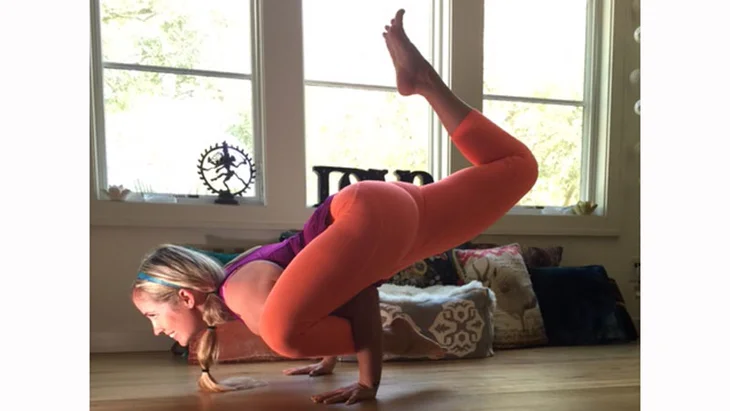
How to Perform Flying Lizard Pose (Kathryn Budig Challenge Pose)?
Start in a downward-facing dog position. Step your right foot forward with an expire, then move your right arm beyond your leg. Place your palm on the ground outside of your right foot.
Inspire and raise the back foot off the ground.
Find your balance, transfer forward, and raise your right foot off the ground with an expired.
Breathe while in the position.
What are the Contraindications for the Flying Lizard Pose (Kathryn Budig Challenge Pose):
Flying Lizard Position is an advanced-level yoga position that is performed in the prone position. Flying Lizard Position additionally involves strength, Bend, Stretch, Inversion, and Balance.
What are the Variations of Utthan Pristhasana (Lizard Pose)?
Below are some common variations of the yoga position Utthan Pristhasana with a base position as Lizard Position (Utthan Pristhasana).
Outer hip variation: With your forearms on the floor, flex your right foot, drawing your toes towards your shin. Inspire. Start to let your right knee draw outwards toward the right, rolling to the outside edge of your right leg fall open. Drop your left knee to the ground. Twist your right knee until the sole of your foot is facing the ceiling. Make certain to keep your foot flexed to secure the ankle and the knee.
Quad stretch variation: From the outer hip variation, with your left knee lowered, outstretch back with your right hand and take hold of your left foot. Start to draw your foot as regards your buttocks as your hips carry on with to draw forwards. Open your heart as regards the sky and lean back towards the left. Breathe at any stage or variation of the position for 5-10 breaths, then step back to the Downward Facing Dog position. Repeat with the left leg forwards.
Flying Lizard (arm balance): Begin in Lizard Position with left knee down and toes tucked. Inspire. Expire, thread your right hand beyond your right leg to the outside of the right foot, inserting the right arm below the right leg as high up as possible. Lift the left knee and move forward, putting the weight on your hands. Cover the right leg around the upper right arm. Observe your balance. Lean forward, raising your left leg off of the ground. To come out of the position, very slowly and considerately lower your leg, uncover your anterior leg, and make your way back to the downward-facing dog.
As peoples have varying capabilities, a given yoga position may be simple for a specific person but hard for another. In such cases, as a yoga trainer, you can establish position variations to further challenge people who are finding a specific yoga position simply, or introduce an easier variation of a position for the people who are finding the main position hard.
Position variations can therefore help your peoples grow and build further confidence in their yoga exercises no matter what their starting ability levels are. And this is where your role as a yoga trainer becomes very important. Under we have compiled so many position variations of Utthan Pristhasana in one place to give you ideas to plan your yoga classes as you interconnect with people of different levels.
- Lizard Position
- Twisted Lizard Position
- Bound Lizard Position
- Lizard Position Variation One Knee On Floor Arms Stretched Forward
- Lizard Position Elbows Block
- Lizard Position Variation Foot On Block
- Twisted Lizard Position Ankle Grip
- Lizard Position Airplane Arms Under Knee
- Lizard Position Elbows Bolster
- Twisted Lizard Position Blocks
- Lizard Position Variation Holding Back Foot
What are the Modifications in Utthan Pristhasana (Lizard Pose)?
Need a Modification:
If you do not have much flexibility or range of motion in your hips, here are a few tips to modify Lizard Position:
- After conducting your right foot forward, you can allow your left knee to lower to the mat if that’s more comfortable. Or you can start with the knee down, then raise if it feels comfortable, keeping the hips level with the shoulders.
- If your hips are tight, try helping props for support. Use a block below your forearms for comfort. If your back knee feels uncomfortable, attach a rolled-up towel or mat underneath it.
- If coming down to the forearms on a wedge is still too intense, try staying on your palms with arms straight.
Up for a Challenge:
If you have more flexibility in your hips, try this alternative position to
deepen the stretch:
Inspire. Roll onto the outer border of your right foot and let your right knee fall open.
Expire. Drop your left knee to the ground.
Twist your left knee through the sole of your foot is facing the ceiling.
Inspire. Reach your right hand beyond your back and take hold of your left foot.
Expire. Draw your foot toward your buttock for an intense quadriceps stretch. You can do this with your left arm straight or on the ground.
As you work on this variation, try helping a strap to help you grab your foot to achieve the position.
For more advanced yoga exercises, you can also try the Flying Lizard Position variation. This is an arm balance.
Start from Downward-Facing Dog.
As you expire, step forward with your right foot.
Expire and move your right arm beyond your right leg with the palm of your hand on the ground next to that foot. Snuggle the right arm underneath the anterior thigh so that the top of the hamstrings, close to the hip, rests almost on the shoulder.
Inspire as raise your back (left) foot off the ground.
Pause here for a few deep breaths. Focus and find your balance.
When you are ready, expire and shift forward, as in Chaturanga, and raise your right foot off the ground.
With your weight currently only on your hands, stay balanced here for a few deep breaths. The feet are flexed.
Expire and release from the position in a slow, controlled motion.
What are the Precautions and Contraindications for the Utthan Pristhasana (Lizard Pose)?
Safety and Precautions:
As always, it is best to check with your doctor ahead of beginning any new exercise class, workout, or yoga routine. Lizard Position is part of a more advanced yoga exercise, so it is worth also discussing it with your trainer ahead of trying it on your own.
People with certain conditions, injuries, or those retrieving from surgery may want to avoid Lizard Position. You may want to skip the position if:
You have sciatica or other lower back issues
If you have a wrist or hand injury
You are retrieving from surgery involving your neck, knees, feet, hips, arms, or hands
You have insecurity or weakness in your shoulders, forearms, hands, or wrists
Many yoga positions are secure and can be beneficial during pregnancy. Ask your yoga trainer about modifications, such as props, that can make Lizard Position comfortable for you in your prenatal yoga exercise.
Utthan Pristhasana Contraindications:
Some key points to keep in mind while exercising Utthan Pristhasana (Lizard Position) to avoid further damage to the muscles or ligaments.
Injury at the knee or hips: Circumvent if you have any injury at the knee or hips. As instructed in most of our articles on other positions, when in injury, it is always best to avoid positions for a certain period and is best to take instructions from an expert to recover from the injury.
Weak shoulder joints or forearms: In Utthan Pristhasana the body stability on the shoulders and the forearms, while going in a low lunge. The pressure at the shoulders and the forearms is great, not making it simple for someone with weak shoulders, and therefore best to go slow with the advice of a yoga trainer while exercising Utthan Pristhasana.
Not to be exercised if the lower back pain is severe: The stress on the lower back during the exercise of Utthan Pristhasana is extreme with the hips acquiring a deep stretch and with the inner thighs obtaining a deep stretch too. These stretch place pressure on the lower back while also trying to balance the body in this low lunge on the forearms conducting more unwanted stretch to the lower back muscles creating anxiety, and therefore the best to avoid. Not to be exercised if the lower back pain is severe.
Patients suffering from mentioned conditions should avoid doing Uttana Pristhasana:
- Sciatica pain
- Low back problems
- Hip or knee injury
- Weak or dislocated shoulders
- Shoulder and forearm injuries
- Low back injuries
- Severe Low backache
- Wrist and hand surgery
- Reclaiming from surgery involving your neck, knees, feet, hips, arms, or hands.
- Uncertainty or weakness in your hands, wrists, forearms, or shoulders.
Note: Pregnant women may avoid doing this position. You may take up this position in your prenatal stage with the help of a trainer.
What are the Do’s and Don’ts in Utthan Pristhasana (Lizard Pose)?
Do’s:
- Try to bring the chest down towards the floor
Don’ts:
- Overstretch
- Lower the buttocks
What are the Common Mistakes in Utthan Pristhasana (Lizard Pose)?
Your Breathing Is Off: As you move through Lizard Position, go slowly. If you catch yourself holding your breath at any extremity, pause and refocus. If you are insecure about where to breathe or tend to lose the pathway, ask your yoga demonstrator to show you some breathing awareness exercises.
You are Forcing Your Hips Open: Even though Lizard Position is an intermediate-to-advanced level position, that does not mean you want to push behind your body’s limits. Especially with hip openers, it is important to listen to your body and go slowly. While Lizard Position can provide a deep stretch, you need to safely work up to this level of exercise to avoid strain. It may take time and compatible exercise for flexibility in your hips to improve. If you are naturally flexible already, you will need to stay mainly focused and directed to avoid injury.
You are Comparing Yourself to Others: This is a trap you can find yourself falling into no difficulty with what position you are working on, but it can be especially harmful when you are working on positions that depend on your body and natural flexibility. If you organize a yoga class, you may find yourself looking at others and feeling bad if they seem able to master the position right away or without modifications.
Remember: With many positions, but especially those such as Lizard Position, everyone is starting with a disparate level of innate flexibility and structure to their pelvis. Some people may find Lizard Position simple from the get-go, while others may need time and committed exercise to feel its benefits.
Do not hesitate to ask for a modification if you need it. It is far better for your body and overall yoga exercise to perform the position in whatever way is secure and most successful for you than to risk injury by trying to conform to someone else’s needs.
What are the Therapeutic applications of Utthan Pristhasana (Lizard Pose)?
Therapeutic applications:
- Upper back tension
- Hemorrhoids

